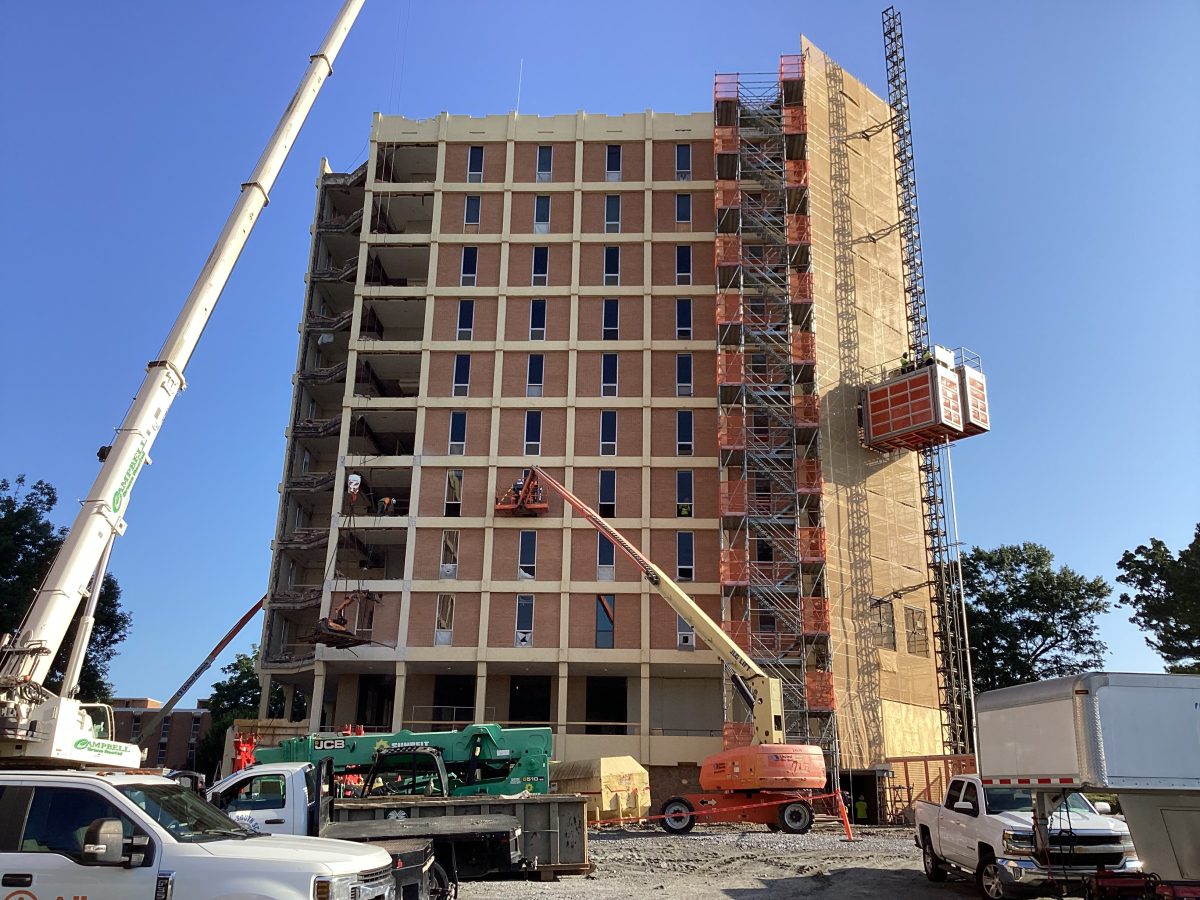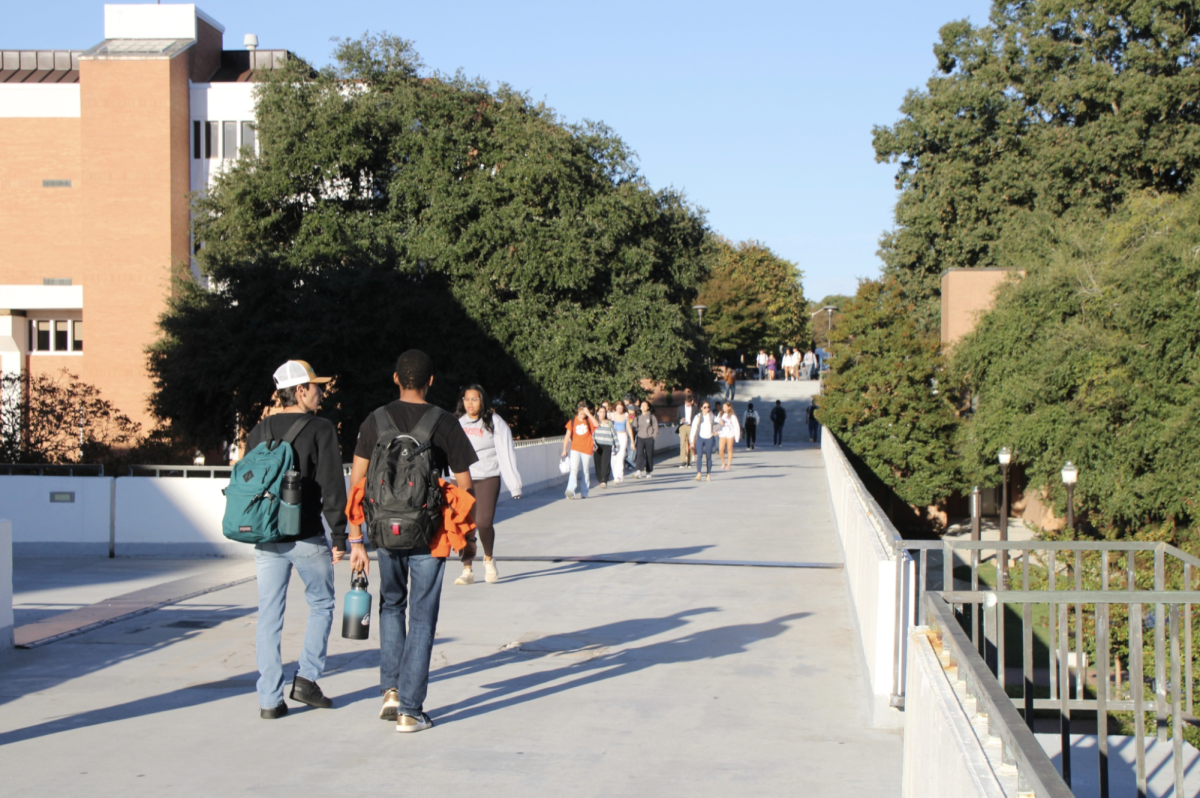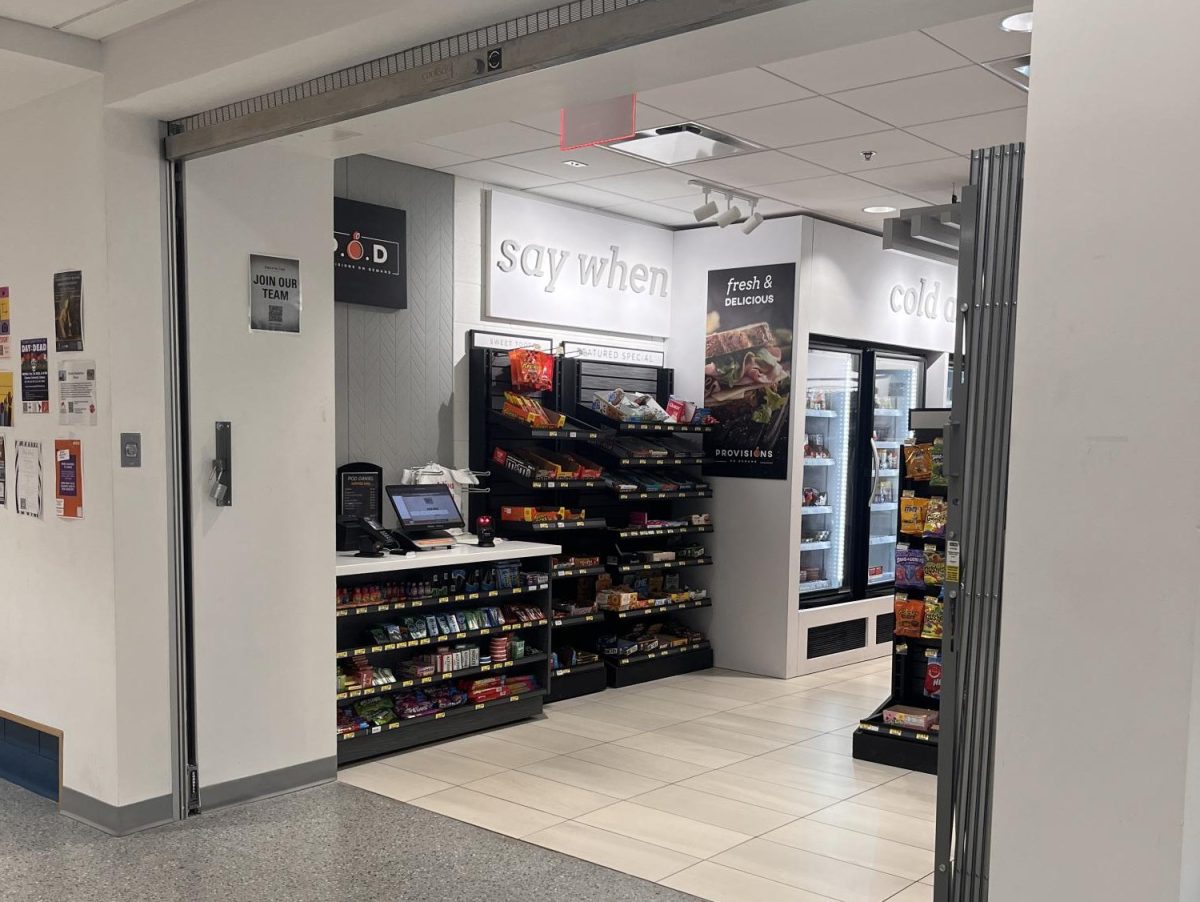The Shoeboxes are a group of dorms on Clemson’s campus comprising Benet, Cope, Geer, Sanders and Young Hall. These dorms were built in the 1960s, long before the Tigers would even win their first football national championship.
Construction on these dorms started in 1962 with Benet Hall and finished the same year with Young Hall. These make the Shoeboxes some of the oldest and longest-operating dorms on campus.
However, there is another group of dorms from a similar time period: the Bryan Mall high-rises.
The high-rises are a group of three 11-story dorms on campus: Lever Hall, Manning Hall and Byrnes Hall. This group of dorms started construction just one year after the completion of Young Hall, beginning with Manning Hall in 1967 and completing in 1970 with Byrnes Hall.
Despite these two groups of dormitories on campus coming from similar periods in Clemson’s history, their modern reputations could not be more different.
The Shoeboxes are often known as “low-quality” dorms, with students reporting uncleanliness of bathrooms, asbestos and other issues that have evolved from the building’s age.
But despite their reputation, many residents of the Shoeboxes look back at their time not with disgust or regret but often very fondly. The Shoeboxes are known for fostering an interdependent social environment in which students on the same floor frequently form tight bonds.
On the other hand, the high-rises are quieter in their reputation. I don’t often hear many students fondly remembering their time in the high-rises. From my personal encounters, many students tend to have very neutral or negative feelings about their time there.
As one of the oldest and most iconic dorm groups on the University’s campus, the Shoeboxes should have received renovations first instead of the high-rises for two big reasons.
First, the reputation of the Shoeboxes as being old and run-down entices some students to disrespect and vandalize the buildings, leading to continuing decreases in quality and costing more money in repairs for the University that could be used for other student needs.
Second, renovating the Shoeboxes would have displaced fewer incoming freshmen than the high-rises. I’m assuming that the University would renovate one Shoebox at a time, which would allow more incoming freshmen to be admitted due to more housing being available.
Given the high number of applications and interest expressed, this should have been a crucial point for the University to consider. By choosing to redo the high-rises during this period, I believe the University missed out on essential funding opportunities for other projects students desire.
With that being said, I acknowledge that having higher quality housing for a greater number of individuals is a net benefit, and I trust the University’s decision-making process and that they will decide what is best for the students and the future of the University.
Jack Kinder is a junior sociology major from Ocala, Florida. Jack can be reached at [email protected].










Jeffrey Lipack • Nov 23, 2024 at 4:16 pm
I believe the university’s long term plan involves removing the Shoeboxes. Probably why they weren’t renovated.
Chandler Guest • Nov 14, 2024 at 12:04 pm
Wow I couldn’t have said it better myself. Lived in Sanders back in 21’ and it was a blast. You are so right in saying that the bonds and friendships made in the shoebox halls are unbreakable!
Matthew larkby • Nov 14, 2024 at 10:57 am
This is very insightful jack, I can’t help but agree.